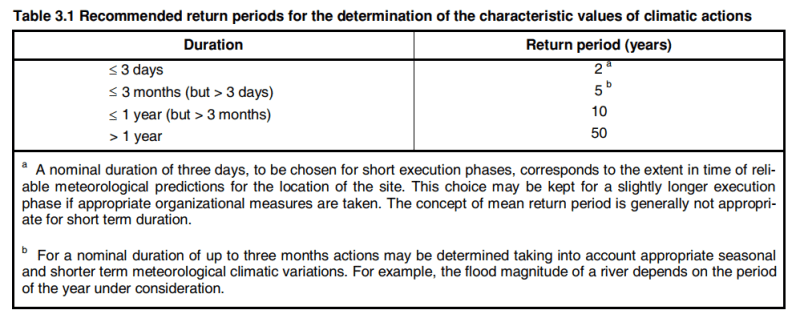Martin.H
Structural
- May 19, 2021
- 40
If a structure is designed for a 1 in 10 year wind event, but is only installed for 2 years, what is the likelihood of the structure receiving a 1 in 10 year wind event?
And what is the likelihood of the 2 year installation receiving a 1 in 50 year wind event?
I'm not sure if these are simple or complex questions. I think I might be missing something....
Martin.
And what is the likelihood of the 2 year installation receiving a 1 in 50 year wind event?
I'm not sure if these are simple or complex questions. I think I might be missing something....
Martin.


![[bigsmile] [bigsmile] [bigsmile]](/data/assets/smilies/bigsmile.gif)